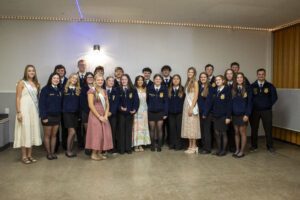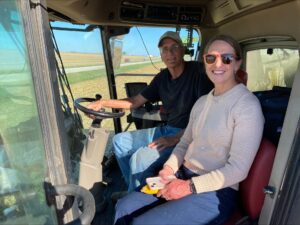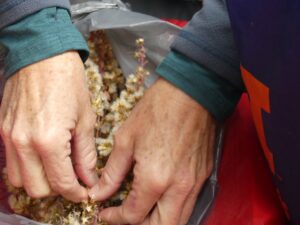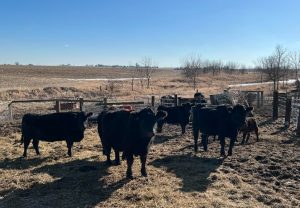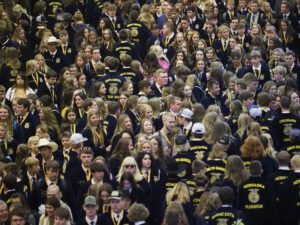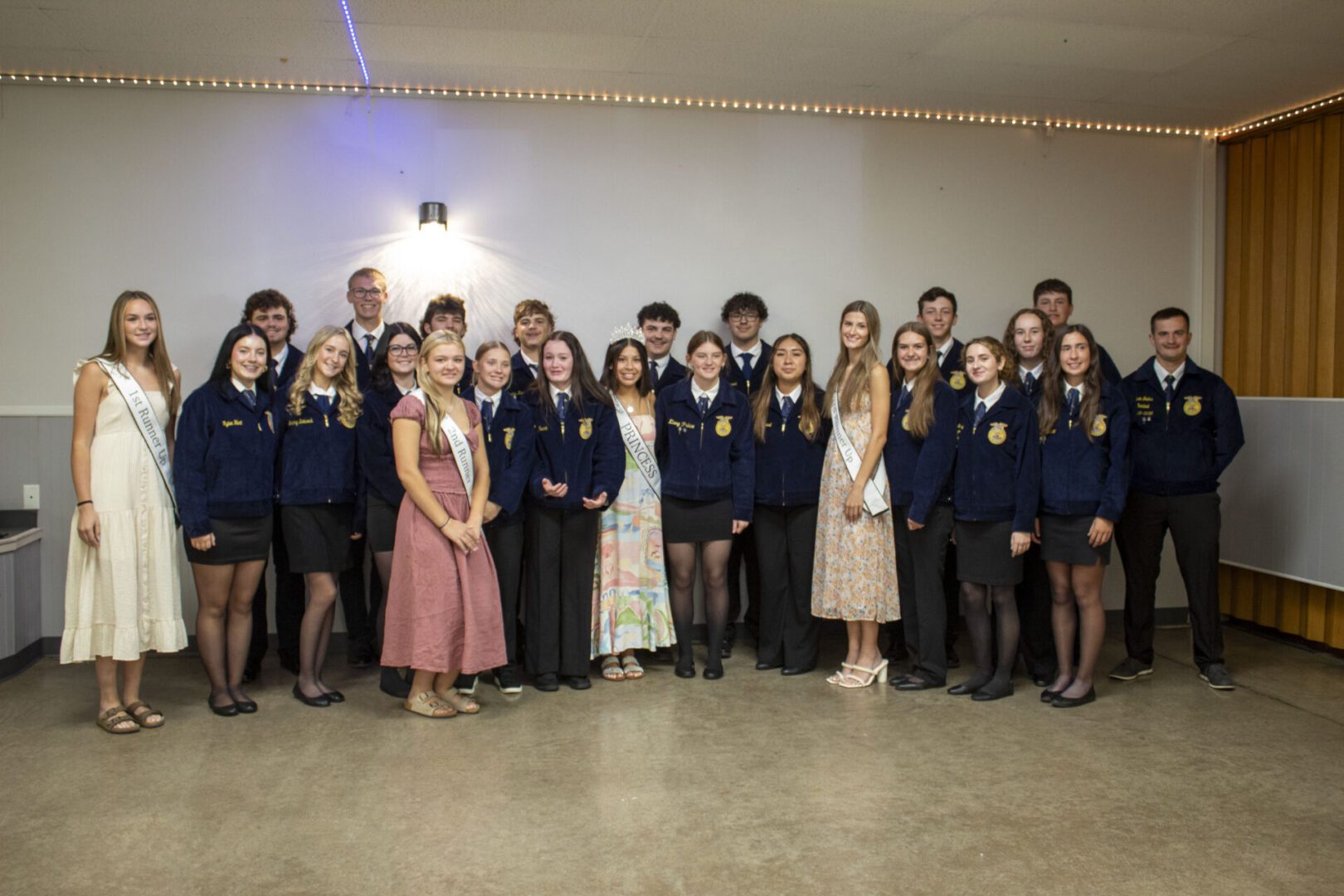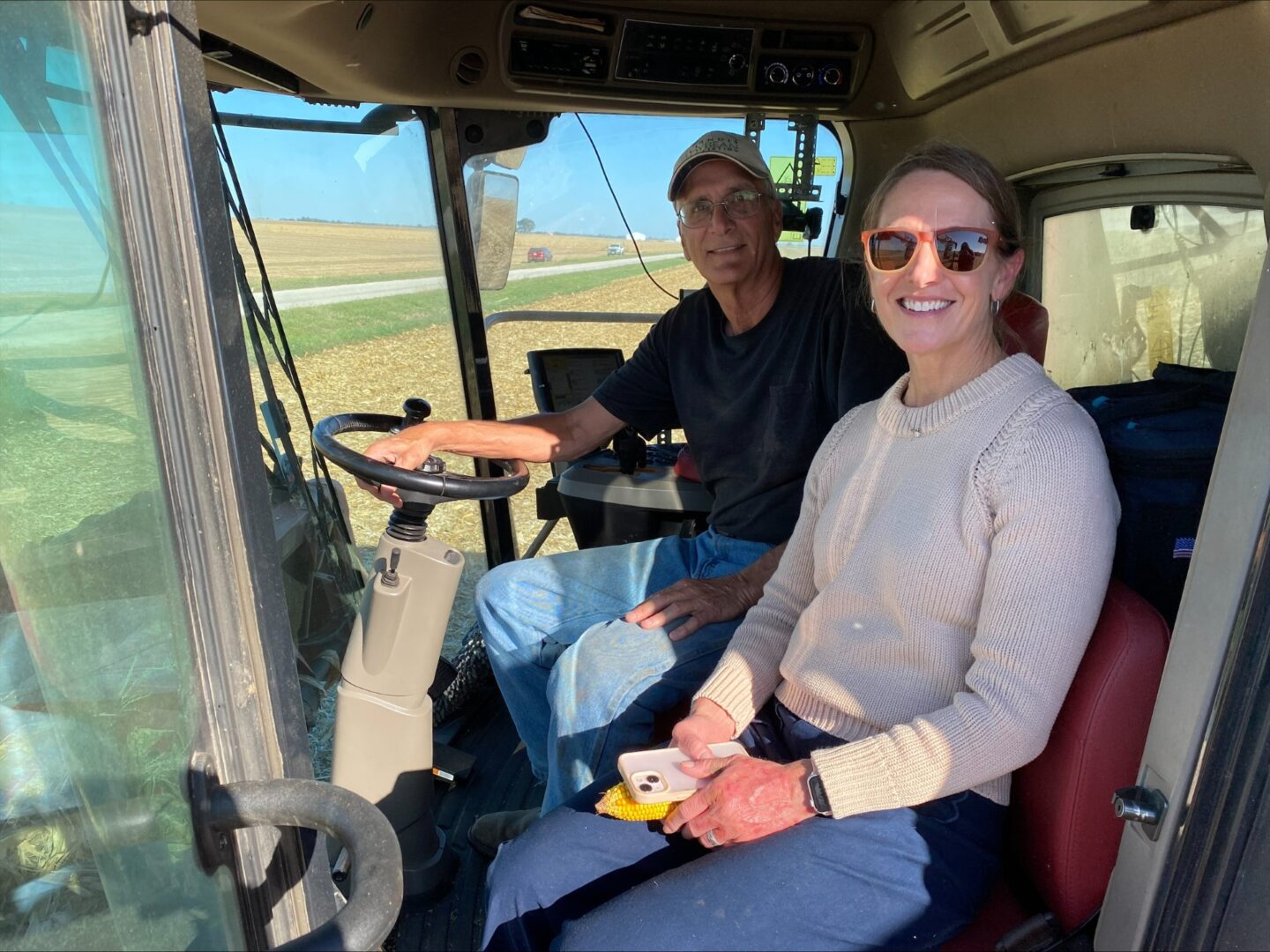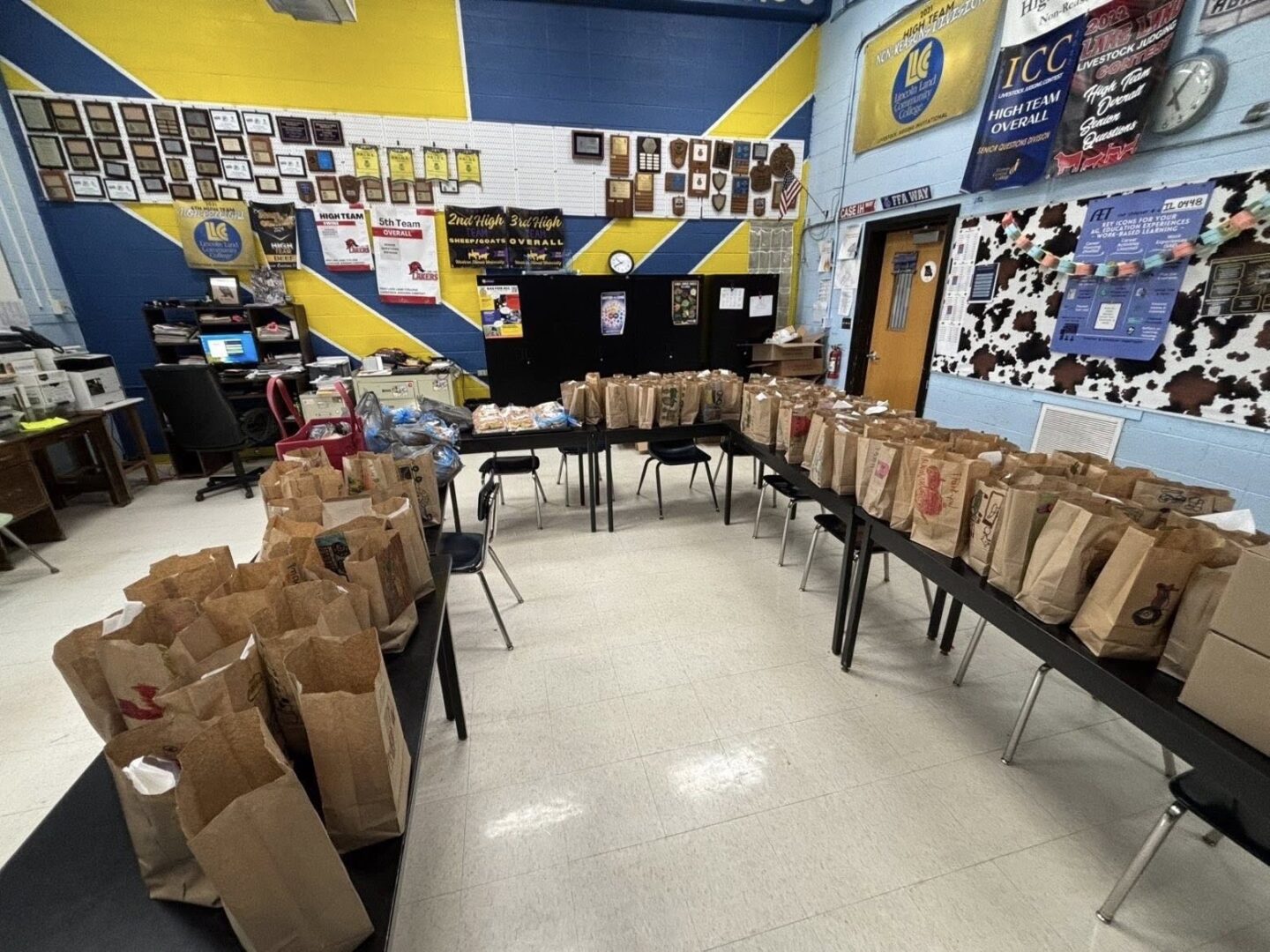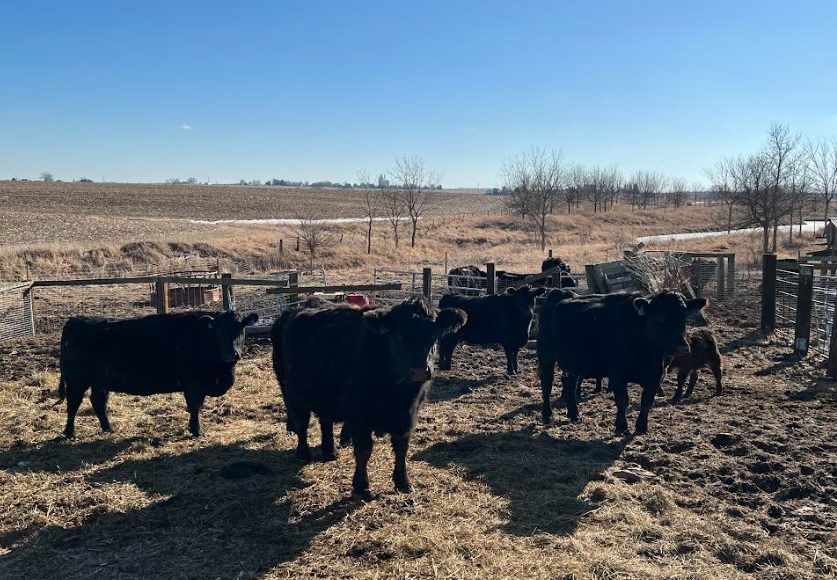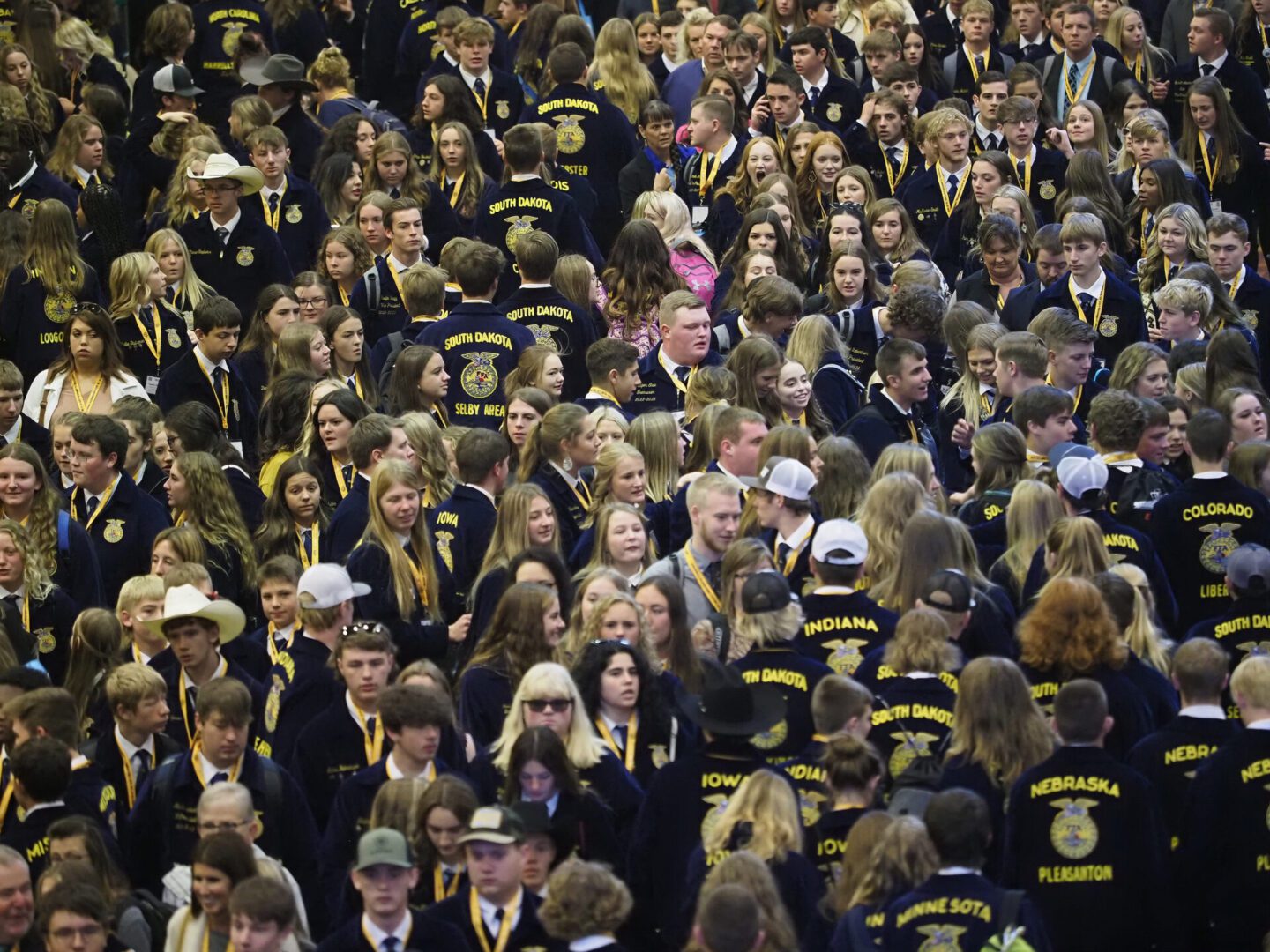It wouldn’t be harvest without some excitement. In October, people across the country flooded social media with photos of the northern lights, a rare sight for this far south. While a cool sight for many, it came without its challenges for farmers trying to harvest their crops. Craig Long was in the field harvesting soybeans when he started experiencing GPS issues connected to solar flairs.
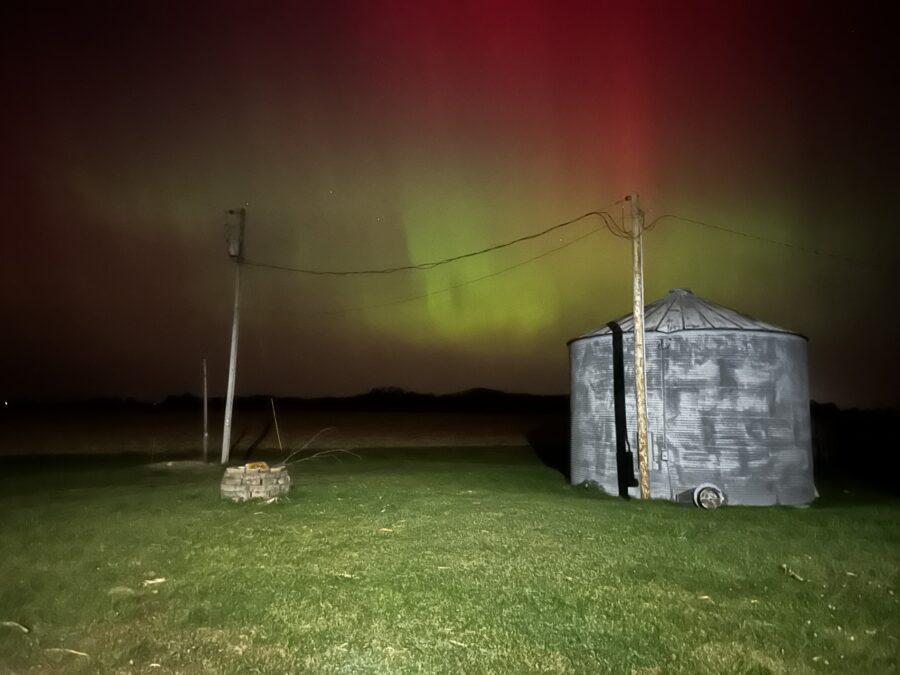
“I was starting to go through the field and like, the [GPS] was three feet over from where it was supposed to be. Sometimes, the tower that we’re running off of goes down, so I texted the guy, and he said, ‘No, the tower’s not down. That’s solar flares,’” says Long. “That day before the Northern Lights, at about four o’clock, it was messing up all kinds of GPS stuff.”
Reports from NASA and the National Oceanic and Atmospheric Administration (NOAA) say that the sun has reached a solar maximum period, meaning solar activity has increased. NOAA predicts this could lead to more opportunities to see the northern lights.



